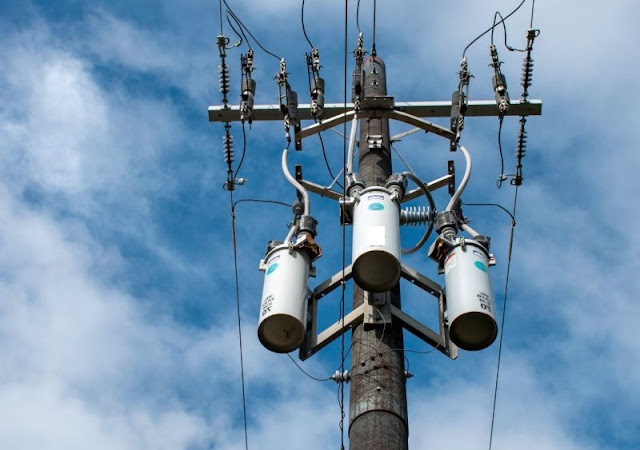Each circuit breaker has its own name plate, we shall find auto recloser sequence, O-C-O with time sequences, for distribution systems auto recloser may have two trials, auto recloser is leading into chock of power system but improves system reliability up to the limit that “it would not me notified by operator, but by monitoring systems, cables in Middle East wouldn’t be provided with auto-recloser, it is only for overhead lines up to MV level where most of faults are transient.

We shall find “normal operating current” which is the full rating current “ for 220kV breakers 2500 AMPS” , breaking current capability, which is withstand capability for short circuit, it is 40 or 50 KA for 220KV network, and making current capability which is 2.55 times capability withstand, there were some papers talking about figures close to 3 times, mostly not applied because of higher cost, making current for 40KA is 100KA, for 50KA, it shall be 125KA.
Today, we have heard a story of one engineer wiring on 220 kV breaker that “he had closed a breaker on fault, the breaker is instantaneously tripped while other assets were cracked and damaged, the issue is related to electromechanical forces related to closing on fault as well as question marks should be paid about quality of cracked assets.

Also, in reality we are conducting short circuit calculations as per existing operational model as well as for expected planned models at each bus, and fault current is compared with circuit breaker interruption capacity, and we shall find operational mitigation actions rather than replacing circuit breakers with higher interruption capacity keeping the system reliability in mind, we did not look at “making current capability” keeping in mind that all software packages are calculating all related values like “Ip, Ik”, Ik, X/R”.
Minimum fault current is calculated according to existing operational model or as per protection engineers requirements especially in distribution networks, where if the protection system is responded to lower fault current, it shall respond to high fault current, keeping in mind that minimum fault current shall be for LL fault, and it’s frequency is 5%~10%. LL faults would be expected only for distribution networks “ 11KV OHL”.
LG fault incidents (85%~90%) is mostly transient for OHL, and for LG faults at substation buses is higher than 3phase fault incidents (5%) current because the middles East systems are solidly grounded.

We shall find “normal operating current” which is the full rating current “ for 220kV breakers 2500 AMPS” , breaking current capability, which is withstand capability for short circuit, it is 40 or 50 KA for 220KV network, and making current capability which is 2.55 times capability withstand, there were some papers talking about figures close to 3 times, mostly not applied because of higher cost, making current for 40KA is 100KA, for 50KA, it shall be 125KA.
Today, we have heard a story of one engineer wiring on 220 kV breaker that “he had closed a breaker on fault, the breaker is instantaneously tripped while other assets were cracked and damaged, the issue is related to electromechanical forces related to closing on fault as well as question marks should be paid about quality of cracked assets.

Also, in reality we are conducting short circuit calculations as per existing operational model as well as for expected planned models at each bus, and fault current is compared with circuit breaker interruption capacity, and we shall find operational mitigation actions rather than replacing circuit breakers with higher interruption capacity keeping the system reliability in mind, we did not look at “making current capability” keeping in mind that all software packages are calculating all related values like “Ip, Ik”, Ik, X/R”.
Minimum fault current is calculated according to existing operational model or as per protection engineers requirements especially in distribution networks, where if the protection system is responded to lower fault current, it shall respond to high fault current, keeping in mind that minimum fault current shall be for LL fault, and it’s frequency is 5%~10%. LL faults would be expected only for distribution networks “ 11KV OHL”.
LG fault incidents (85%~90%) is mostly transient for OHL, and for LG faults at substation buses is higher than 3phase fault incidents (5%) current because the middles East systems are solidly grounded.
Comments
Post a Comment